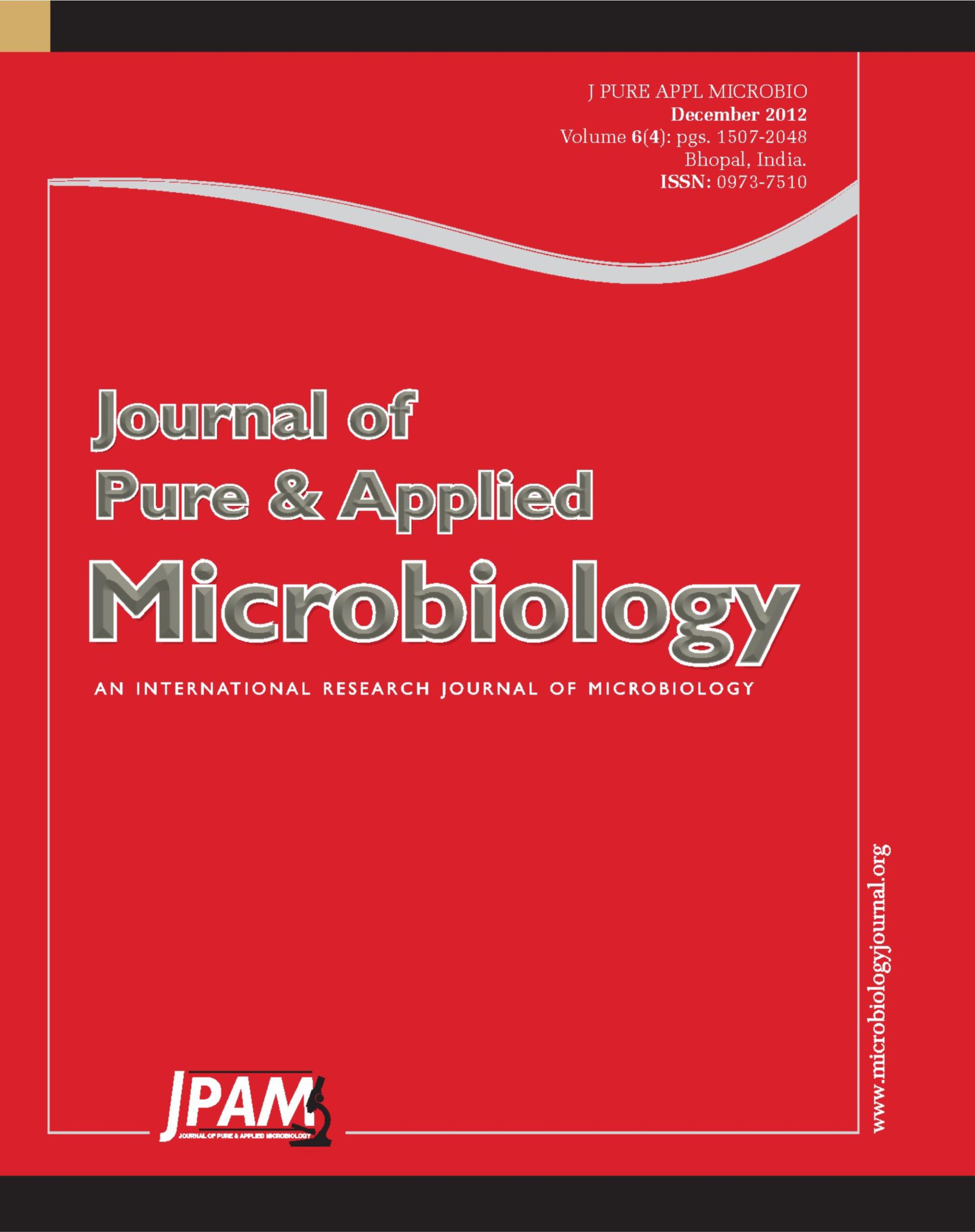Coliphages viruses were monitored in conjunction with fecal coliform bacteriacoliphages, and the possible fecal contamination sources of Al-Hair Canal in various water systems from Southwestern Riyadh, Saudi Arabia, during the period between November 9th and March 2nd 2012 were identified. Coliphages were detected by the direct plate assay and using Escherichia coli as host bacteria. The membrane filter method was used for the fecal coliform detection on mFC culture media. Fecal coliforms were present on 100% of the samples against 65% on coliphages and a ratio of 62:1 fecal coliform to coliphage was calculated on 100 mL samples (n=72). As coliphages were proposed as possible indicators of enteric viruses, our study suggests that their use as indicators of faecal pollution with traditional coliform indicators and the implementation of treatment measures more effective in virus removal in re-used wastewater. Examination by electronic microscope of the observed selected phage lysates were for phages with icosahedral head, collar and contracted tail in ¢1, ¢2, ¢4, ¢5, ¢6 isolated phages thus belonging to family Myoviridae. Isolated Phage ¢3 was with icosahedral head and short tail characteristic of family Podoviridae. These results lead to the conclusion that the coliphage indicator could be an effective tool to evaluate and detect fecal contamination in various water systems.
Coliphages, Fecal contamination, Al-Hair Canal, Saudi Arabia
© The Author(s) 2012. Open Access. This article is distributed under the terms of the Creative Commons Attribution 4.0 International License which permits unrestricted use, sharing, distribution, and reproduction in any medium, provided you give appropriate credit to the original author(s) and the source, provide a link to the Creative Commons license, and indicate if changes were made.


